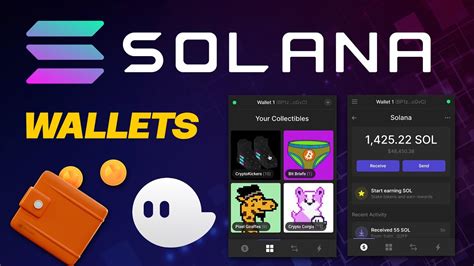Solana: How are inflation rewards added to a stake account?
Understanding Inflation Rewards on Solana: A Guide
Solana, a fast and scalable blockchain platform, offers an interesting feature to its users: the opportunity to earn inflation rewards through staking. However, many users have been puzzled by how these rewards are added to their staking accounts. In this article, we will dive into the details of how inflation rewards are processed on Solana.
What is staking?
In Solana, “staking” refers to the process of locking a certain amount of SOL (the native cryptocurrency) into a staking account. This locked amount is called “stake” and is used to secure the network, validate transactions, and participate in decision-making processes.
Inflation Rewards: A Brief Overview
Solana inflation rewards are provided by the Solana Network’s “Staking Program” (SP). SP was created to incentivize users to stake their SOL for a set period of time, with the goal of increasing the overall security and capacity of the network. When SOL is staked to secure transactions, it earns interest in the form of inflation rewards.
How Inflation Rewards Are Added to Staking Accounts
In short, here’s how inflation rewards are added to a Solana staking account:
- Staking: Users deposit their SOL into a staking account.
- Security Deposit:
The staker must lock up a minimum amount of SOL (typically 10% of the staked amount) for a specified period of time, typically ranging from several days to several months.
- Inflation Rewards Accumulation: As long as the staked SOL remains locked in the account, the user earns inflation rewards at the specified rate. Rewards are calculated based on the current block reward and the interest rates set by the Solana protocol.
- Rewards Distribution: After the staking period has passed or a new block has been mined, the earned inflation rewards are distributed to users who have held their stake for the corresponding period of time.
Special Blocks: A Unique Feature
It is essential to note that there is a special block in the history of the Solana blockchain where the inflation rewards distribution process differs from regular blocks:
- Block 14: This block was created after a period of “rebalancing” and “sustainability” measures were implemented. During this period, a new inflation rate was introduced, which affected the way rewards are distributed.
- Special Rewards:

In Block 14, the staking program offered an additional bonus to users who held their stake for at least 30 days. This special reward is still available on certain block types.
Conclusion
In conclusion, understanding how inflation rewards are added to a Solana staking account is crucial to maximizing the staking experience. By staking SOL and earning interest, users can earn additional incentives to participate in Solana network security and empowerment initiatives. While there may be some variations depending on specific block types or rebalance periods, the basic process remains the same.
If you have any further questions or need clarification on this topic, feel free to ask.


